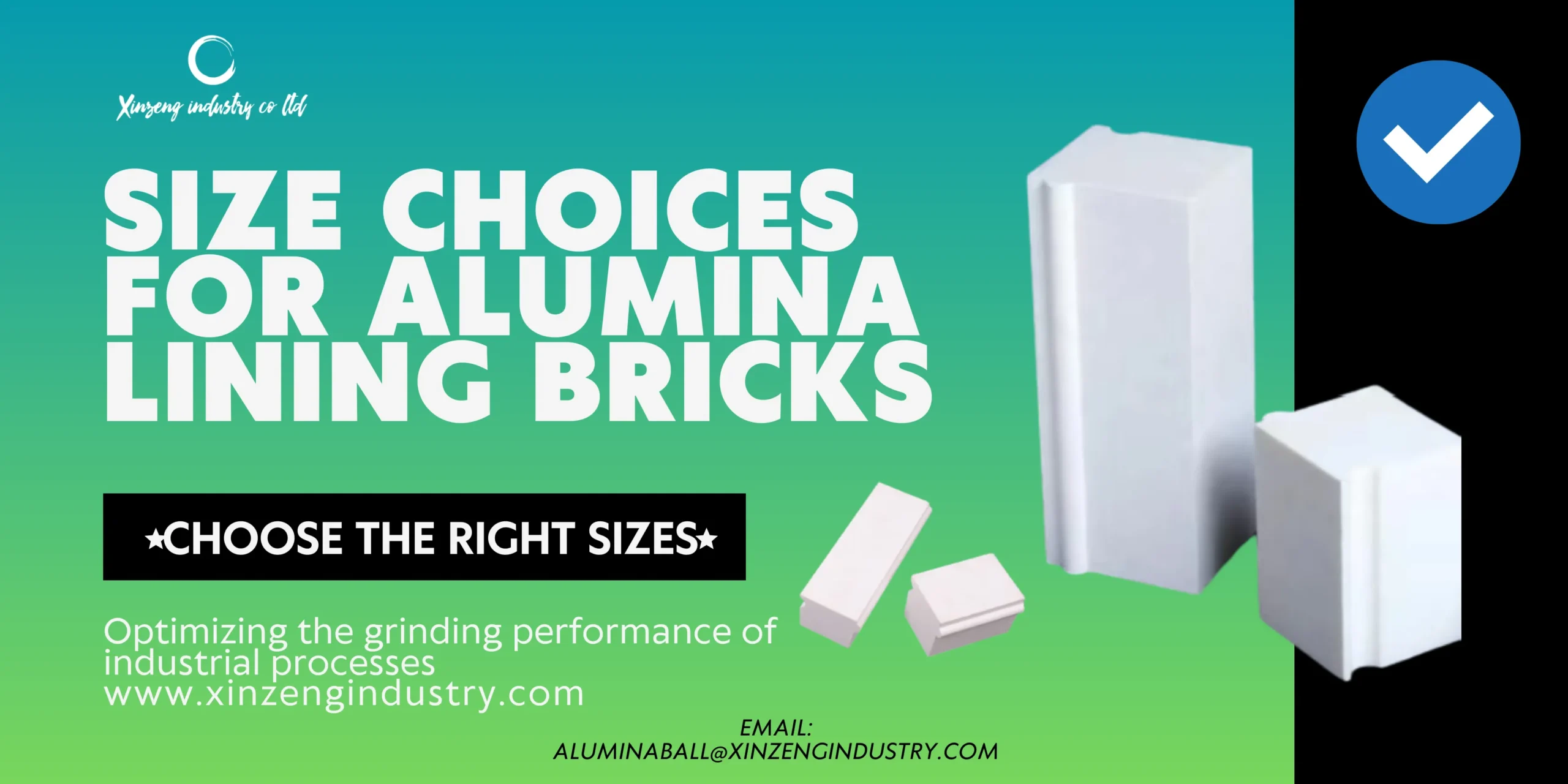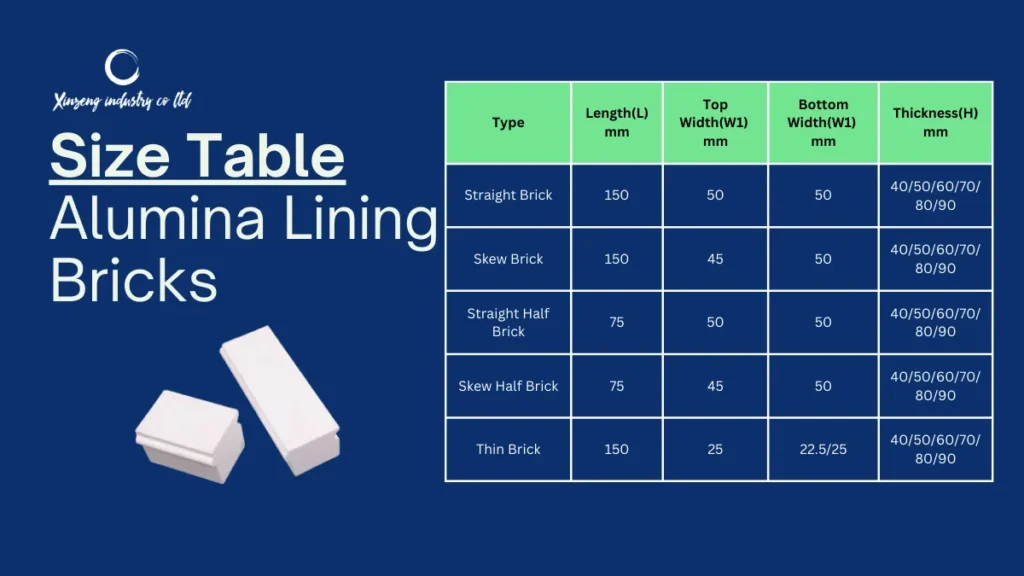Book Appointment Now

Size Choices for Alumina Lining Bricks
Choosing the right size for alumina lining bricks is essential for ensuring optimal performance in industrial applications. These bricks serve as the first line of defense against wear and tear in environments like ball mills, kilns, and reactors. To make the best choice, it’s important to consider factors such as different thickness, different types, and the manufacturing process, particularly whether the bricks are isostatic pressed.
The different thickness options available for alumina lining bricks play a crucial role in their performance. Thicker bricks are typically used in applications where heavy abrasion and impact are expected. They provide robust protection, extending the life of the underlying equipment. However, there are situations where space constraints or specific engineering requirements make thinner bricks the preferred choice. Thinner bricks are lighter and can be more suitable for equipment that needs to maintain a certain weight or where maximizing internal space is critical.

In addition to thickness, the different types of alumina lining bricks cater to various industrial needs. Straight bricks are the most commonly used, offering a simple, effective solution for large, flat surfaces. For more complex shapes or curved surfaces, skew bricks or specially shaped bricks are available. These types are designed to fit snugly into more intricate spaces, ensuring a comprehensive lining that leaves no area exposed to potential damage. The right type of brick is crucial for achieving a perfect fit and maximizing the protective benefits of the lining.
The method of manufacture also plays a significant role in the quality and durability of alumina lining bricks. Isostatic pressed bricks are highly regarded in the industry due to their superior density and strength. This manufacturing process involves applying pressure equally from all directions, resulting in a brick that is uniformly compact and free of weak spots. The outcome is a lining material that offers exceptional resistance to both physical and chemical wear, making it ideal for high-stress environments where reliability is non-negotiable.
Ultimately, selecting the right size and type of alumina lining bricks involves balancing several factors. The different thickness and different types of bricks available should be matched to the specific demands of the application. Opting for isostatic pressed bricks can further enhance the durability and performance of the lining, ensuring that your equipment remains protected and operates efficiently over the long term. By carefully considering these elements, you can make an informed decision that contributes to the success and sustainability of your industrial processes.

Table Headers:
- Type
- Length (L) mm
- Top Width (W1) mm
- Bottom Width (W1) mm
- Thickness (H) mm
Rows in the Table:
- Straight Brick
- Length: 150 mm
- Top Width: 50 mm
- Bottom Width: 50 mm
- Thickness: 40/50/60/70/80/90 mm
- Skew Brick
- Length: 150 mm
- Top Width: 45 mm
- Bottom Width: 50 mm
- Thickness: 40/50/60/70/80/90 mm
- Straight Half Brick
- Length: 75 mm
- Top Width: 50 mm
- Bottom Width: 50 mm
- Thickness: 40/50/60/70/80/90 mm
- Skew Half Brick
- Length: 75 mm
- Top Width: 45 mm
- Bottom Width: 50 mm
- Thickness: 40/50/60/70/80/90 mm
- Thin Brick
- Length: 150 mm
- Top Width: 25 mm
- Bottom Width: 22.5/25 mm
- Thickness: 40/50/60/70/80/90 mm
This table appears to provide the dimensional specifications for different types of bricks, including their lengths, widths, and thicknesses. The measurements are given in millimeters (mm).



